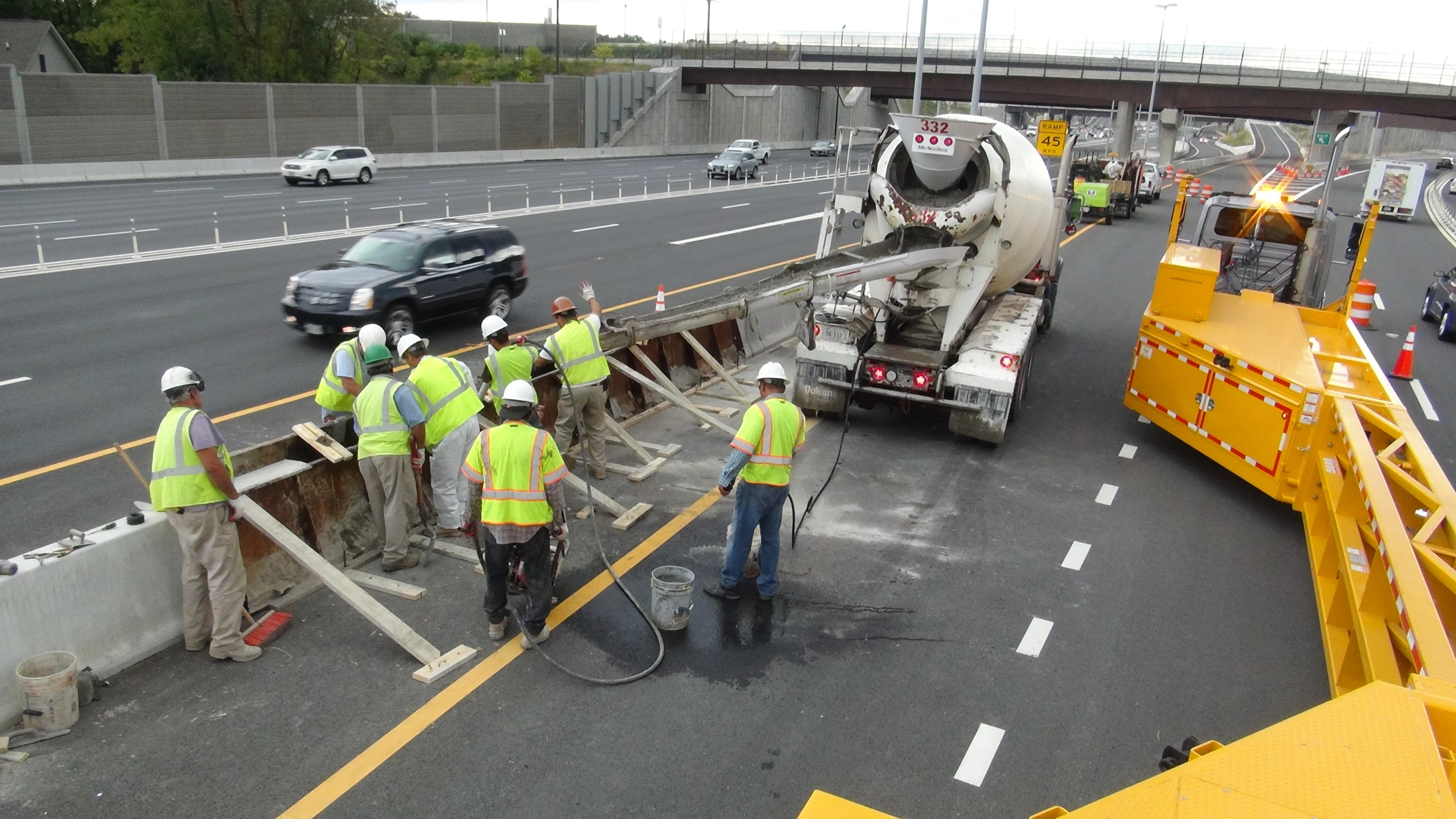A new programme of transport safety measures has been drawn up for Europe, with funding having been secured. Called the Safer Transport Platform, this programme is being managed jointly by the
New financing measures form part of the Safer Transport Platform, a joint EC and EIB initiative. This will address investment needs in transport safety in Europe.
At the TEN-T and CEF Conference in Bucharest, the EU Commissioner for Transport Violeta Bulc together with Vice-President of the European Investment Bank (EIB) Vazil Hudák launched the “Safer Transport Platform”. The aim is to promote safety as a key element for transport investment and to provide easy access to technical and financial advice, in particular for road safety. In order to strengthen and focus existing investment activities in road safety, the EIB and EC have established the "Safer Transport Platform - Road Safety Advisory” - available through a dedicated website.
Safety considerations are paramount for all modes of transport, but particularly urgent in road transport. Even though the EU has made great progress in reducing the number of road fatalities over the last decades, more than 25,000 people are killed and 135,000 seriously injured on European roads every year. Well targeted investment is a key factor in addressing this unacceptable situation, and relatively small amounts can make a big difference. This is why the EIB and the European Commission are joining forces to further support and focus their efforts for safer roads.
Vazil Hudák, EIB Vice-President, added: “The EIB is increasing its attention to safety in all transport modes. However, given the scale of fatalities in the road sector, our efforts are concentrating on road safety. Substantial work is required to meet the EU target of zero fatalities in 2050. We stand ready to assist promotors in developing and implementing safer transport infrastructure.”
Violeta Bulc, EU Commissioner for Transport said: “To save lives on European roads, we need targeted investment in the right measures. The ´Safer Transport Platform` will help ensure that projects receive the necessary technical and financial advice. I encourage interested parties from the public and private sector organisations to make use of the platform as of today! I am very pleased that our good cooperation with the EIB has had another concrete result to the benefit of European citizens.”
The “Safer Transport Platform – Road Safety Advisory” provides a single access point to the full range of existing EIB and EC advisory services and financial products. It guides potential applicants to the appropriate funding and financing instruments. The service is supported by the European Investment Advisory Hub (EIAH) and includes a web site with a contact form, a needs assessment exercise and awareness raising activities.
The advisory support addresses the public and the private sector. Examples of eligible projects include road rehabilitation programmes, traffic calming measures, facilities for cyclists and pedestrians, IT solutions for safer traffic management and – on an exploratory basis – measures to improve the safety of vehicle fleets and other road safety related projects.
European transport safety programme
A new programme of transport safety measures has been drawn up for Europe, with funding having been secured. Called the Safer Transport Platform, this programme is being managed jointly by the European Investment Bank and European Commission. The plans call for a series of investments in transport safety, with a special focus on roads
New financing measures form part of the Safer Transport Platform, a joint EC and EIB initiative. This will address investment needs in transport safety in Europe.
At the TE
March 29, 2019
Read time: 3 mins







